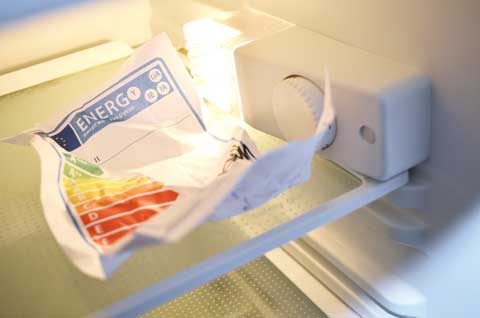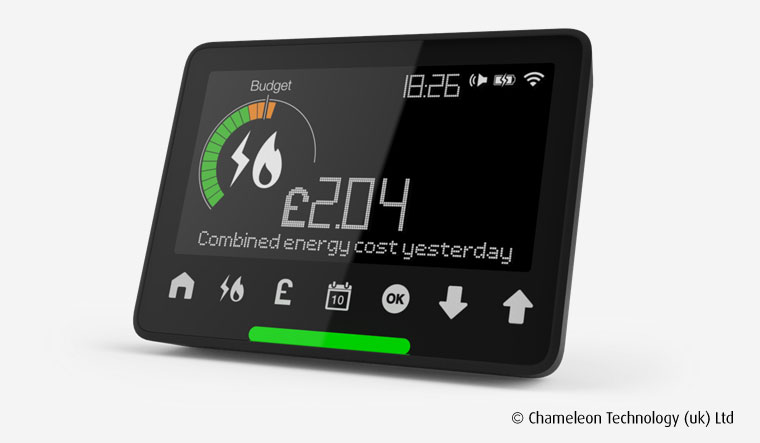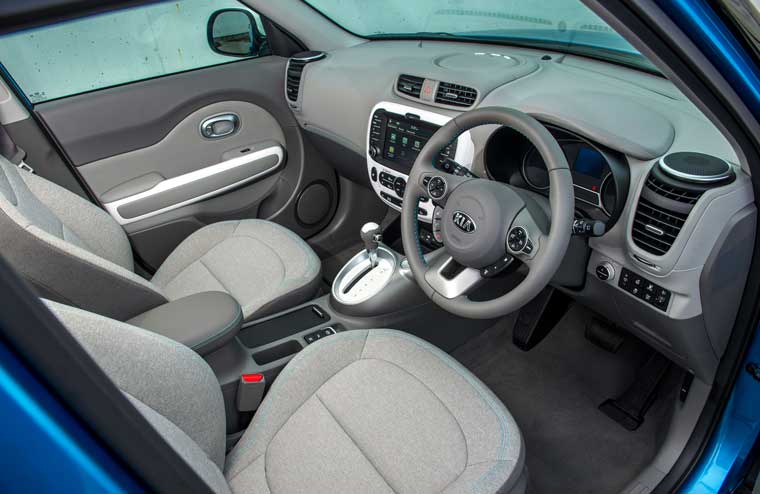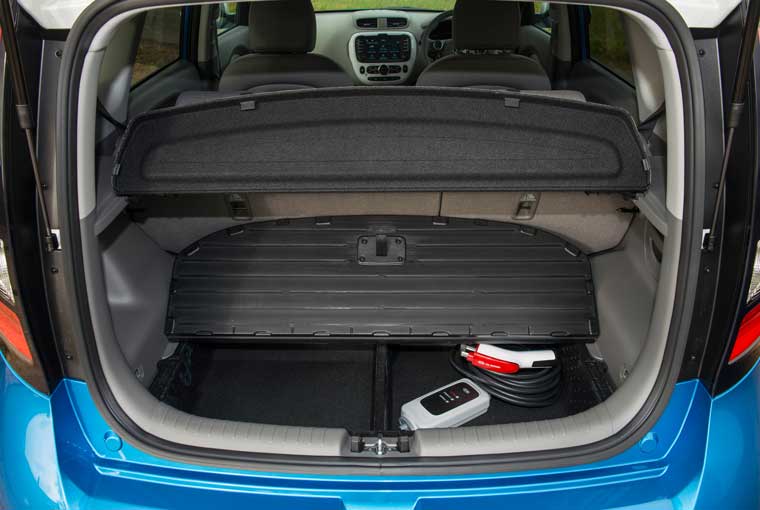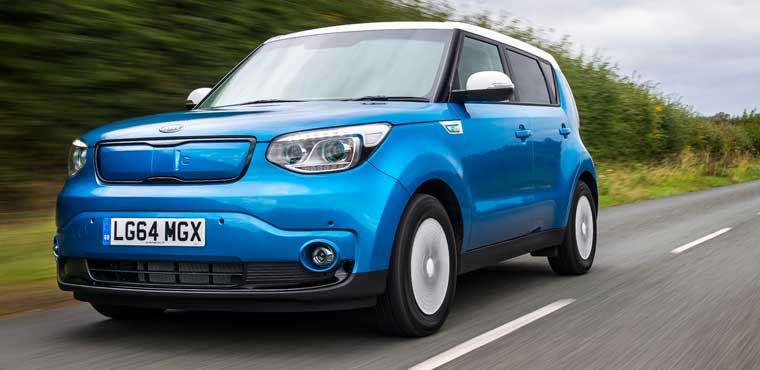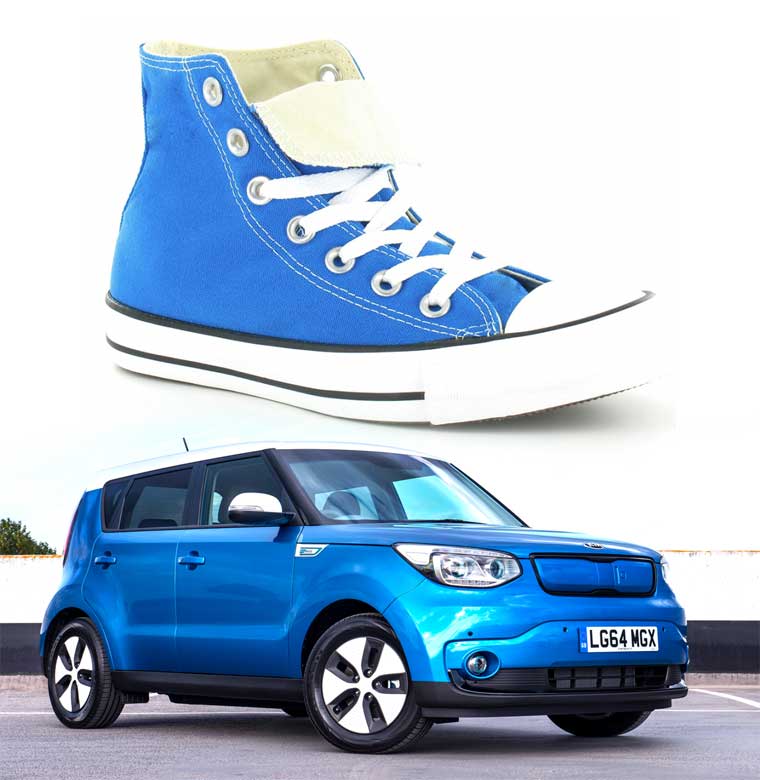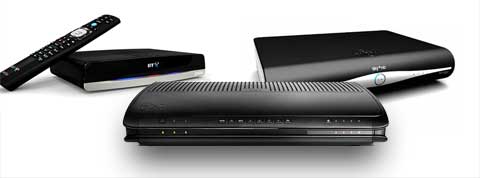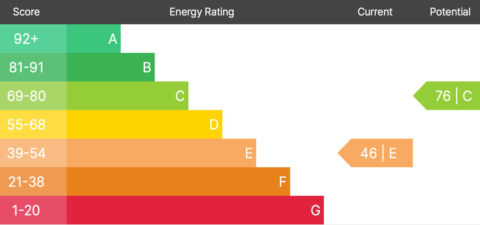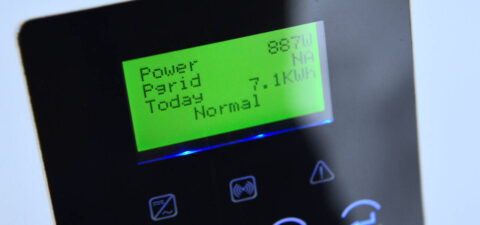Road testing a wide variety of electric and hybrid cars certainly gives great insights into how the models compare and what there like to drive, albeit short-term tests never give you complete ownership picture. Luckily, a satisfied Renault ZOE owner Martin Brocklehurst gives us a long-term view of electric car ownership, over to Martin…
We purchased a Renault Zoe as soon as it became available from our local dealers in Hereford in the autumn of 2013. From research we had undertaken we calculated that the vehicle would meet all our local travel needs even though we lived in a rural village (Kempley) some 18 miles from Gloucester. We also opted for a home electric refuelling point, which we saw as a real bonus. With conventional vehicles our nearest garage is a 10 mile round trip and only open till 9pm. Home refuelling gave us real flexibility and also allowed us to take advantage of our installed solar photovoltaic panels. With predicted savings of £3665 over a convention C class petrol car running 36,000 miles in 3 years we were keen to see how the Renault Zoe performed .
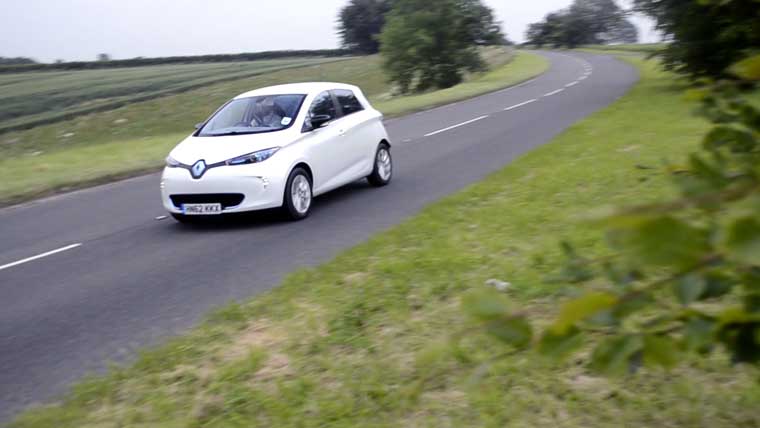
The car has lived up to its marketing hype
It is clean and quiet (no emissions), green (zero carbon emissions) and cheap to run (fuel costs at less than 2p per mile). It has delivered a range of between 70 (winter) – 90 (summer) miles, more than enough for all our local journeys and we have only ever needed to refuel it at home. The home refuelling point (located on our property) has operated faultlessly and is very easy to use. Maintenance costs for the first 10 months have been negligible (less than £5) and it has been to a garage once since being bought, for its annual service.
Running Costs of Electric Cars
It is a stylish four-door hatchback with plenty of room for rear passengers. Luggage space and drive performance match any similar small conventional four-door hatchback. Acceleration is 0-62 in 13.5 secs but because the Zoe’s torque is available from zero rpm it actually feels quicker than the figures suggest. It is perky around town and doesn’t struggle on the motorway to keep up with other traffic. It’s also the easiest car we have ever driven. We have now driven over 9,000 miles in the car.
We elected to lease the car batteries at £70 per month for 36 months (total cost £2,520) to reduce the capital cost of the vehicle. The basic purchase price with a leased battery is £13,444 with a Government grant. We paid just over £15,000 for the i Dynamique ZEN and secured a few extras on the basic model. If we had chosen to buy the battery the total capital cost would have been £20,043.
Zero rated Vehicle tax
The vehicle is zero rated for road tax and a home refuelling point is funded by a Government grant. Renault provide break down cover as part of the package and will get you home or to the nearest recharge point if you run out of battery power. We have not needed this facility as the Tom Tom Satnav unit predicts the vehicle range based on our driving style and locality. It has operated faultlessly and provides re-assurance on longer journeys as well as providing a map of potential recharge points should they be required.
“Go Ultra Low” calculate the total cost of ownership for three years and 36,000 miles will be £3,665 less than a conventional C class petrol car and £3,763 less than a C class diesel car. Everything we have seen to date suggests this figure will be an underestimate.
Electric Car Journey Cost Calculator
We charge the car during the day, because we have fitted solar photovoltaic panels and solar photovoltaic cladding to our property, which means we can refuel for free when the panels are producing power. At other times recharging costs 14p per Kwh. We are also exploring fitting a new Powerflow unit to ensure we charge the vehicle when we have surplus power. Such units accurately track surplus power from photovoltaic panels and although they are usually used to divert excess power into heating loads such as hot water or space heating are being developed for use in diverting power to electric car recharging. We intend to use one of these new units to divert power to recharging the car when they become available (in about 4 months). If successful it will reduce our fuel costs to nearly zero and increase our financial savings by a further £1215 taking total savings to nearly £5000 over 3 years. We are also closely following the developing ideas to use the car battery for off grid power storage. Intelligent re-charging systems are being developed designed to import power at low tariff rates during periods of low demand and to re-export it at higher tariff rates during periods of peak demand. Such offgrid storage is a great way to use the asset of the vehicle, which for most of use sits unused for 92% of its life.
It is also worth considering, that unlike a conventional petrol car, we pay no fuel duty (currently 60.97p per litre on petrol) and VAT on power consumed at home from the grid is currently 5% payable compared to the 20% rate for petrol.
Further cost savings follow if the vehicle is used for work purposes as HMRC authorized mileage allowance payment (AMAP) is currently set at 45p per mile. Not surprisingly with fuel costing 2p per mile or less I use the electric car for work purposes whenever I can. No doubt this will change as the Chancellor spots the anomaly – but for now I intend to enjoy the benefit.
Longer distances in EV’s is becoming viable
The ZOE has a chameleon recharge arrangement which allows the vehicle to re-charge at almost any of the new public and private recharging points springing up in and around our area. The latest Tom Tom Satnav provides a guide to recharging points, though membership of schemes like Plug & Go is required to access recharge points. Locally we have recharge points in Ledbury, Ross-on Wye and in all our local cities. Fast charge points (circa 30minutes to recharge) are emerging at motorway services stations and in major shopping centres, so trips to Bristol are now viable, though we still have to take on this challenge. First Great Western is also installing recharge points at its major stations.
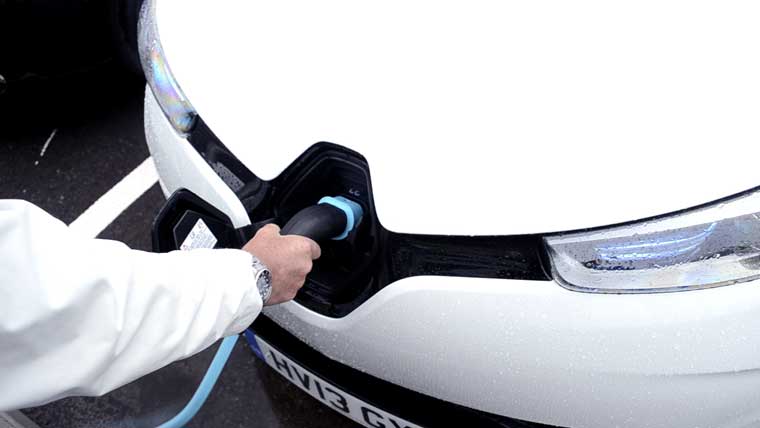
Could Renault do better with the ZOE. Well yes, they could:
- offer a better choice of colours both internal and external;
- offer an adjustable height drivers seat;
- provide an electric vehicle starter pack of information and membership of a national re-charge network;
- provide mudguards to reduce dirt and spray on the lower parts of the bodywork – a real nuisance on rural roads;
- provide more promotional material for the car including more advertising. I have seen it advertised once on the TV since it was purchased and have asked Renault for flyers to display on the vehicle, with none appearing so far); and be the first company to offer intelligent recharging units and off grid storage packages with the major energy suppliers.
I have concentrated on the financial benefits of owning and running a Renault Zoe, but the environmental benefits are also impressive. Reducing air pollution remains a big issue in our cities. Diesel exhaust fumes have been classified as carcinogenic by the World Health Organisation and traffic exhaust emissions are responsible for thousands of early deaths every year as well as agony for asthmatics. The more people that switch to electric vehicles the cleaner our urban air will become.
We now both enjoy driving a clean electric car and the reduced motoring costs make a real difference to our weekly budgets. In our case these costs are reduced further as we are able to draw power from our solar panels and only top up from mains electricity when the sun does not shine. We waste no time looking for garages or in refuelling which for the ZOE is automatic once the connection is made.
Looking to the future
Electric car clubs are now springing up in major UK cities, passing on the lower costs to their users. We see no reason why this should not be the case in rural areas where car transport is now a necessity due to the demise of public transport. We are now exploring the possibility of either an electric car club or a community electric car transport scheme for the villages of the Golden Triangle (Kempley, Dymock, Newent, Bromesberrow and Redmarley), all refuelled at home, bringing the benefits of lower cost motoring to everyone! Its early days, but an UBER type community scheme is our ambition so that both the young and old are not cut off from local facilities by lack of public transport.
All across the EU electric car and commercial van sales are booming Consider Norway, an oil producing country that is a leader in the purchase of electric cars. The sales of electric cars as a percentage of new vehicles purchased in Norway have been as follows:
2011 – 1.6%
2012 – 3.1%
2013 – 5.6%
2014 – 12.4%
2015 – 20.4% (first quarter)
Add in hybrids and the figure rises to 23%. Norway was the first country in the world to have electric cars topping the new car sales monthly ranking.
My advice to anyone considering buying an electric car, is do it soon. It cannot be long before the UK Government will suspend the grants on electric vehicles and grants to install recharging points at home – George Osborne has a track record of slashing green subsidies as soon as the technology starts to make serious entry into the commercial markets to protect the fossil fuel industries and the status quo. The choice of models is also growing rapidly meaning you can increasingly find the vehicle you need for your needs.
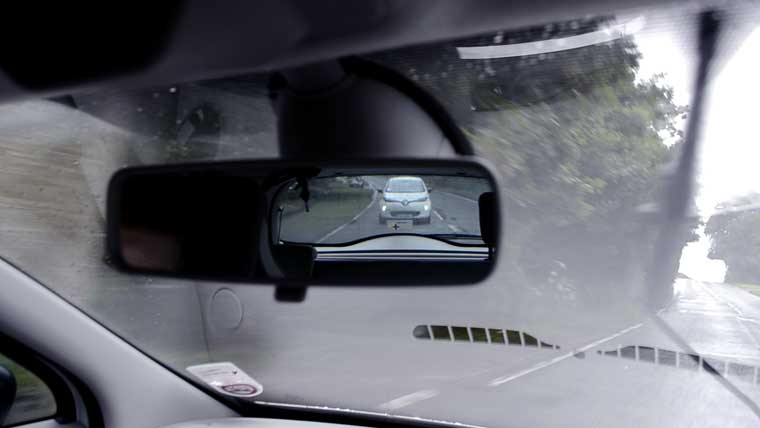
So overall we are delighted with our electric vehicle and get a buzz every time we drive it. To know we are driving a clean vehicle and saving money just brings the pleasure back to motoring. So often being a first mover brings problems and higher costs. This is just not the case with Renault ZOE, which must be the most cost effective electric car on our roads today. Not surprising then that the vehicle won the “What Car of the Year” 1st Price for the best electric car for less than £20,000 in 2015.
Contact me through E Mail if you want to learn more about electric vehicles or about our ideas for community transport at: –
martin.brocklehurst@me.com
Martin Brocklehurst
Kempley Green Consultants
Kempley
Gloucestershire.
Running Costs of Electric Cars
